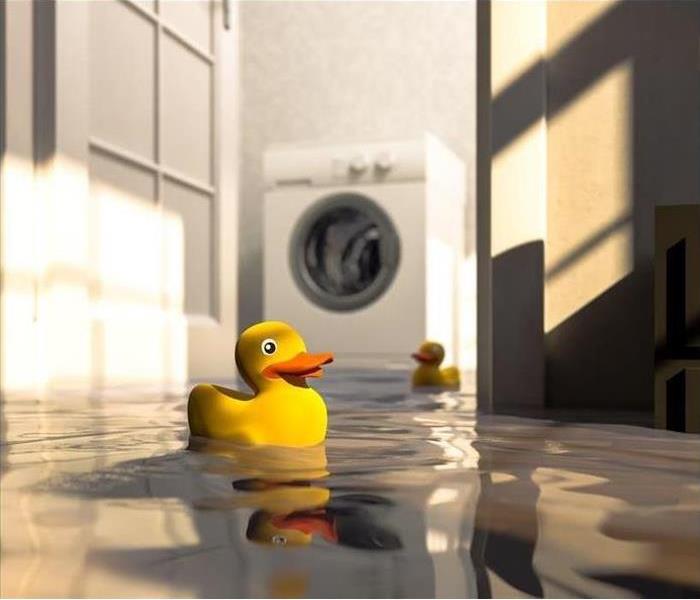How to Protect Your Home from a Flood
6/4/2021 (Permalink)
It is always an overwhelming experience dealing with floods and other natural disasters. Aside from the loss of valuable properties that comes with the disastrous event, it leaves you much work. As you may have known, it takes much effort to bring back the water-damaged property to its pre-damage condition. Not only is it extra work its also a very stressful moment.
After flooding, mold comes in and begins to grow. In this instance, you will have to cope with horrible odors that may pose health effects in your household. Can you imagine how devastating that feels? It can, of course, get out of hand. That's why we are here to help you from beginning until its "Like it never even happened."
In light of the preceding, you will agree that the effects of flooding on homes are better imagined than experienced. Hence, it’s best to protect your home from flooding than looking for solutions after it has happened. Without a doubt, you will save yourself a lot of unnecessary expenses, having taken some preventive and protective measures ahead.
Now, how can you protect your home from floods? It’s simple. Call SERVPRO a professional restoration service company, we have prepared a simple guide to protect your home from floods.
Pro Tips for Home Flood Preparation
1. The first step to protect your home from a flood is to have flood details of your area. To be on the safer side, know how likely your home will experience a surge in your area. Also, invite building professionals to inspect your home to determine how well it can withstand floods.
2. Ensure that you close every foundation crack with solid mortar, masonry caulk, or hydraulic cement. Hydraulic cement expands and fills gaps adequately.
3. Get battery-powered sump pumps. Sumps pumps enable you to remove excess water from your home when floods come.
4. Install septic or sewer link check valves that allow waste to flow one way. That will prevent sewage from coming back into the stagnant water in your home.
5. Ensure that you keep your expensive and valuable properties in a safe location. That may include furniture, artworks, certificates, and more.
6. Ensure you get an insurance policy that covers cleanup or flood damage repair.




 24/7 Emergency Service
24/7 Emergency Service